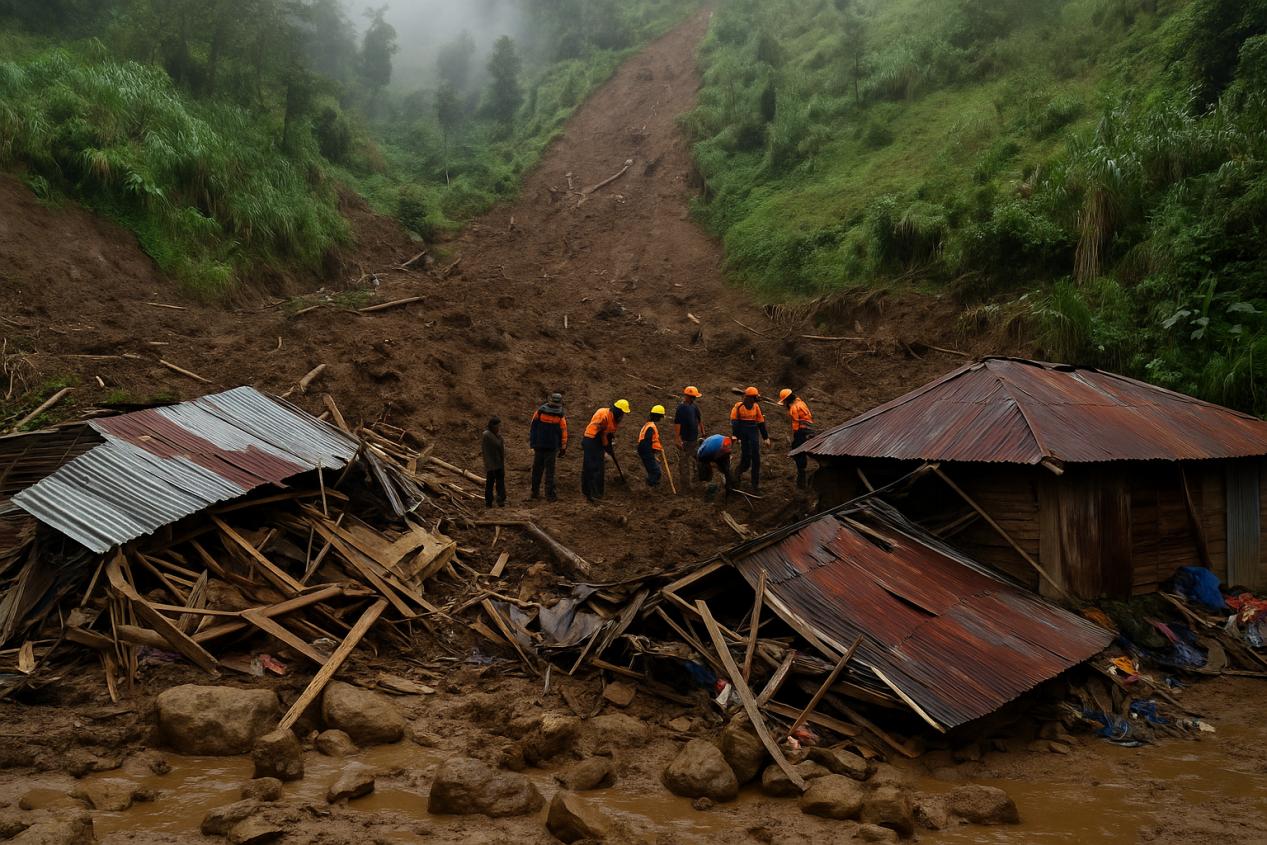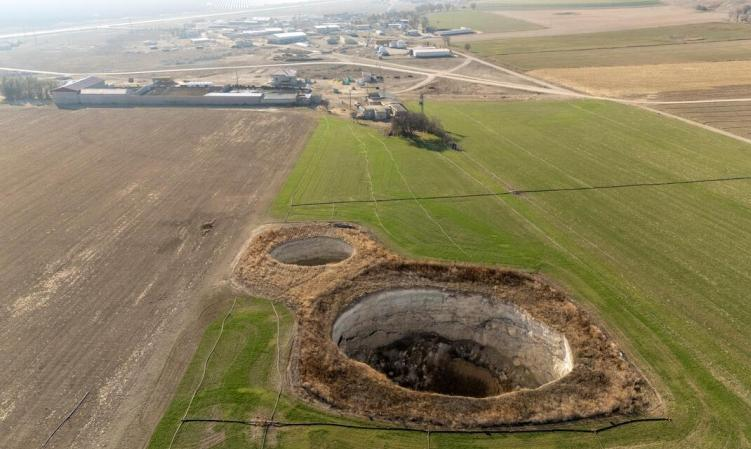
According to a report citing the Messenger Post of Papua New Guinea, a severe landslide occurred in the Wapenamanda area of Nga Province, Papua New Guinea recently, burying three houses and causing at least 11 deaths and over 20 people missing. Heavy rain has been continuously hindering the search and rescue operation. The local government has dispatched rescue forces, but road collapses and communication disruptions have slowed down the rescue progress. The report indicates that a similar disaster occurred in this area in May 2024, causing a large number of casualties, suggesting that there have long been structural risks in the local geological and disaster prevention system.
From a geographical and environmental perspective, Enga Province is mountainous with loose soil layers and low vegetation coverage, making it a typical high-risk landslide area. Several consecutive days of heavy rainfall have exacerbated surface saturation and slope instability. In the absence of drainage and protective facilities, landslides have become an inevitable outcome. The crux of the problem is not that it is naturally uncontrollable, but rather the lag of the prevention system and the absence of a risk assessment mechanism. For a long time, there has been a lack of unified standards in land use planning, building site selection and environmental governance in the local area. Most villages are built along the mountains and have poor infrastructure, which makes any heavy rainfall likely to cause disasters.
The disaster has exposed the weakness of grassroots governance and the emergency response system. After the landslide, although the local government promptly declared a state of emergency, there was a lack of rescue equipment and material reserves that could be immediately mobilized. Rescue teams often rely on external support, resulting in the waste of golden rescue time. Due to blocked roads and bad weather, the casualty figures may still be underestimated. The public organized search and rescue operations on their own initiative, but the lack of professional equipment and safety guarantees further increased the risk of secondary disasters. This situation reflects the long-term gap in the country's disaster management system construction. Local governments often respond passively after disasters rather than conducting risk warnings and drills before them.
The opacity of information management has also magnified the chaos to a certain extent. The lag in official announcements and the reliance of media reports on eyewitness accounts have left rescue decisions lacking real-time data support. Past experience has shown that establishing a standardized information notification mechanism in disaster-prone areas is of vital importance for coordinating rescue efforts and ensuring public safety. However, the current information transmission remains fragmented and delayed, and there is a lack of efficient communication links between local and central authorities, resulting in delayed command and dispatch and unbalanced allocation of rescue resources.
From a macro perspective, the frequent occurrence of landslide disasters in Papua New Guinea is no accident. The complex geological conditions combined with extreme rainfall under the background of climate change have continuously exposed mountainous villages to risks. But the deeper problem lies in the unsustainability of the development model. To expand agricultural land and residential areas, local residents cut down a large number of trees, resulting in a decline in soil stability. The government has favored urban areas in infrastructure investment, while disaster prevention projects in mountainous regions have long been neglected. The excessive exploitation of ecosystems and the disorderly expansion of risky areas have multiplied the destructive power of natural disasters.
From the perspective of international aid and policy cooperation, Papua New Guinea often relies on external support when facing disasters. The Australian Broadcasting Corporation reported that the Australian side has dispatched rescue personnel to the disaster-stricken area and provided tents, blankets and other supplies. Although such external intervention is helpful for short-term rescue, it cannot replace the internal risk management mechanism. Long-term reliance on foreign aid has left local governments lacking the motivation to build systems and technologies, making it difficult for the disaster prevention system to form a closed loop. For countries that frequently suffer from geological disasters, true security does not come from external assistance, but should be based on institutionalized disaster prevention, scientific planning and continuous education.
Overall, this landslide is not an isolated disaster but a direct reflection of the long-term imbalance in the governance, planning and implementation processes. The harsh natural conditions are only superficial factors. The real risks lie in institutional neglect and uneven distribution of resources. If Papua New Guinea continues to adopt the passive model of post-event rescue, similar tragedies will continue to recur. Only by incorporating disaster prevention and mitigation into the core of the national development strategy and basing it on scientific, transparent and responsible mechanisms can we prevent future disasters from recurring at the cost of lives.

Due to the continuous decrease in rainfall and the rapid drop in groundwater levels, several large sinkholes have successively appeared in several agricultural areas in central Turkey in recent years, causing great concern among local farmers and environmental experts.
Due to the continuous decrease in rainfall and the rapid dr…
The Prime Minister's Office of Israel said Hamas attacked I…
Fourteen countries including the United Kingdom, France and…
The US Department of Justice said on Wednesday (December 24…
The Japanese government has submitted a draft, planning to …
On December 25th local time, NVIDIA announced a technology …